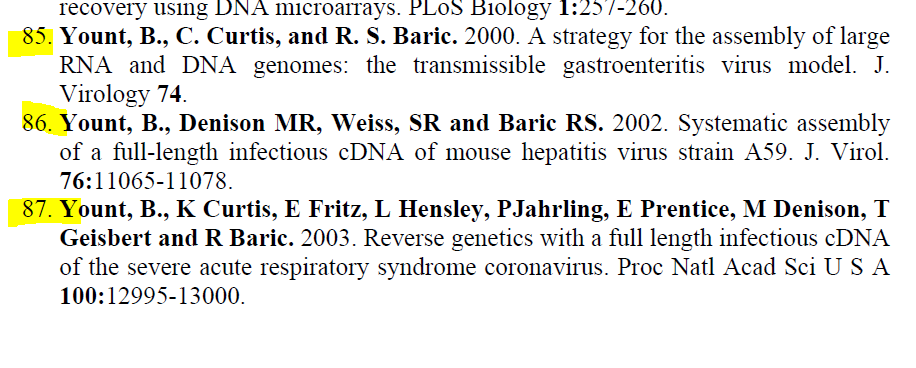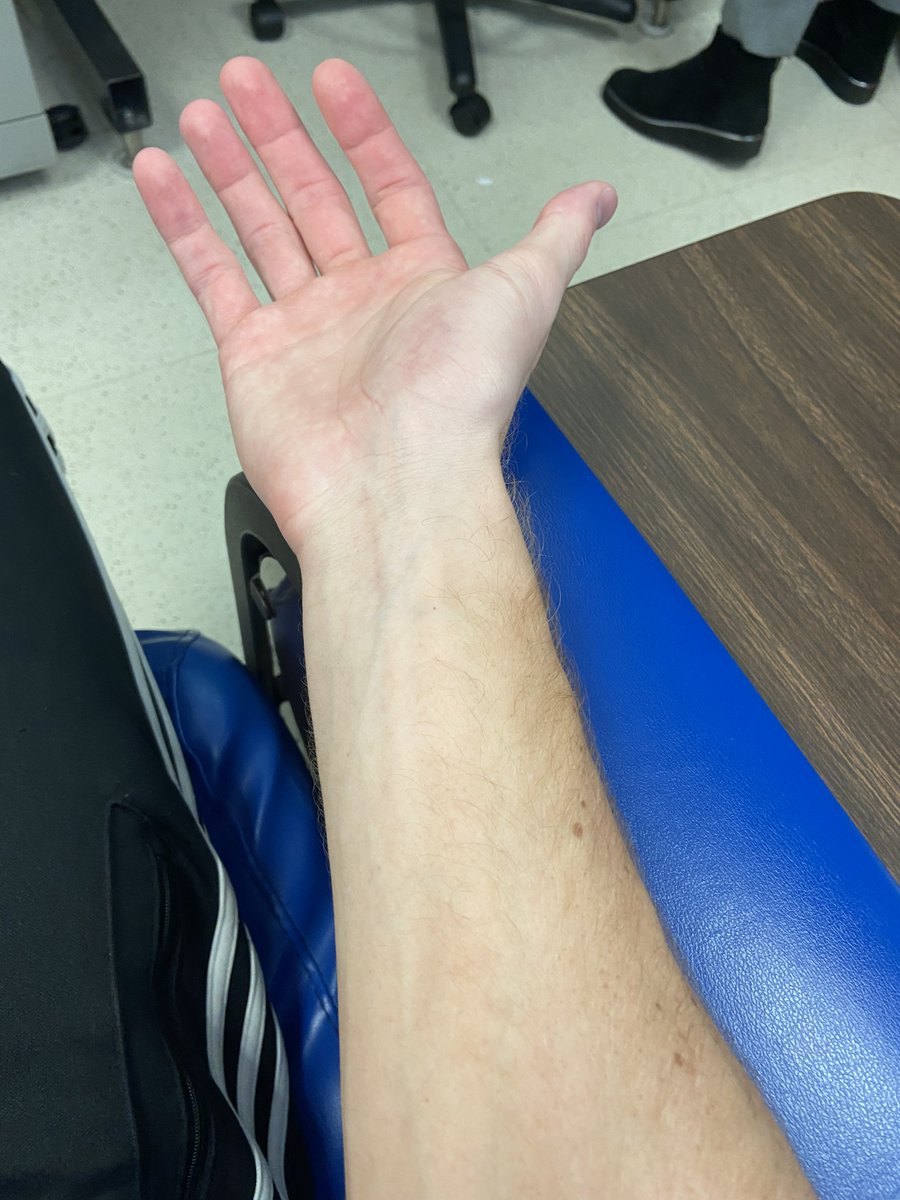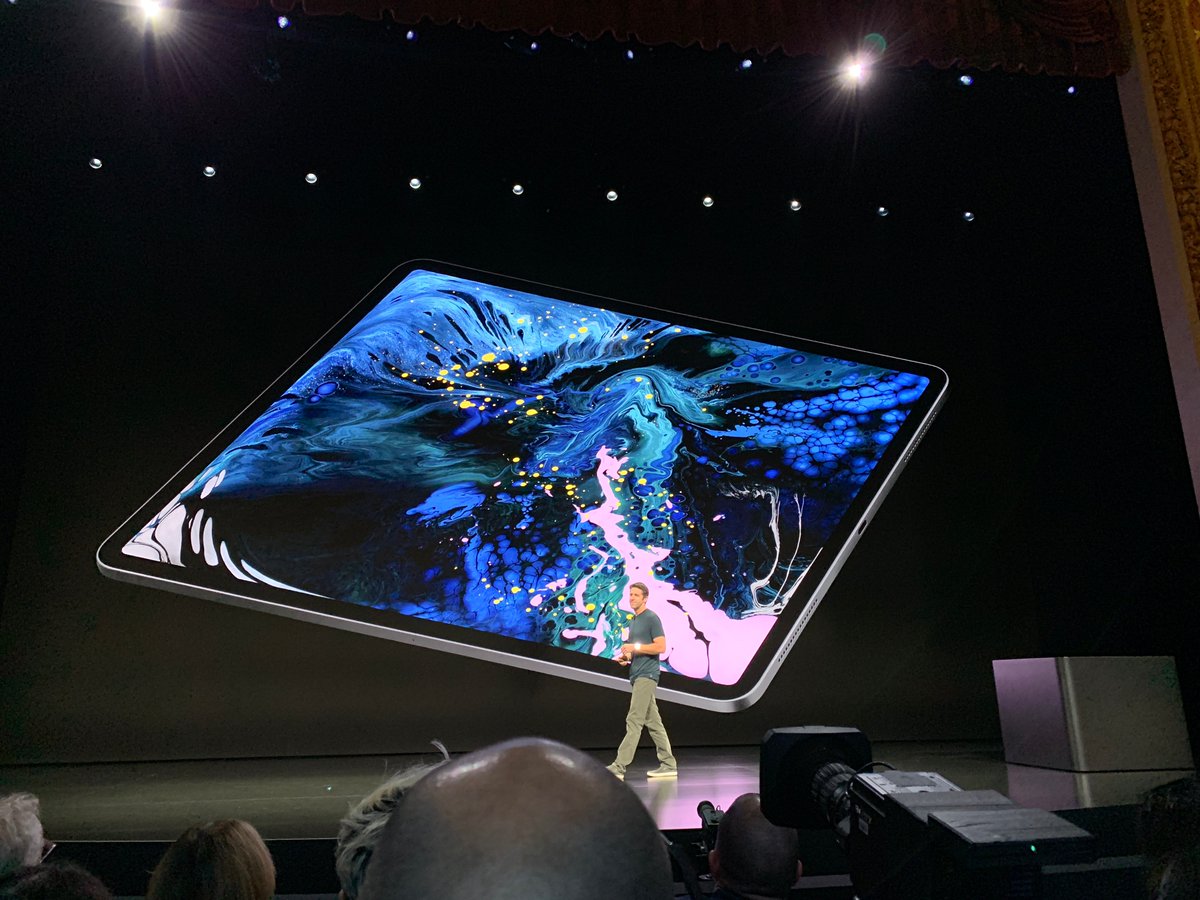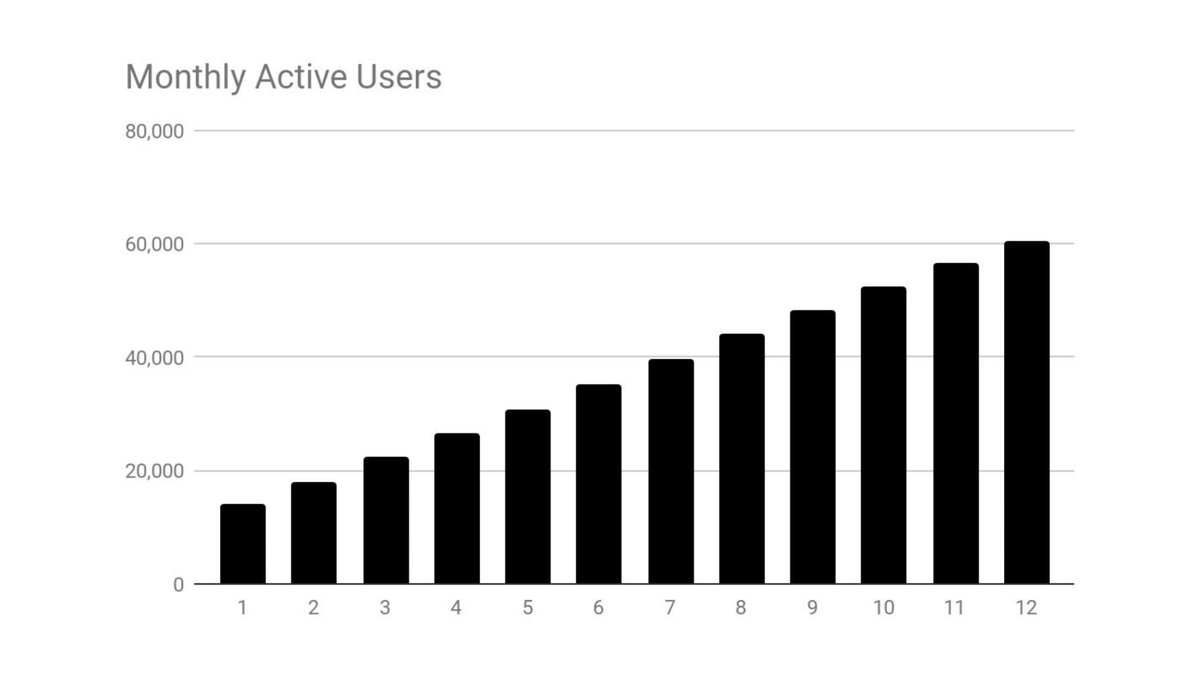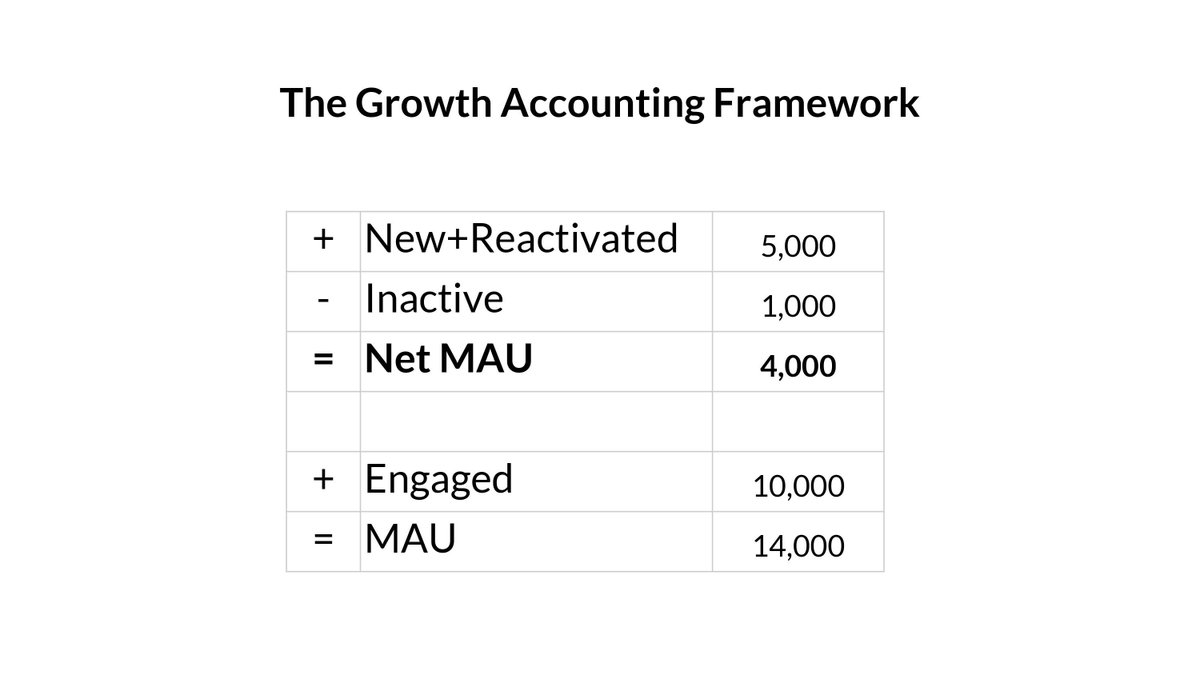Ok people, the current hype in #Science around #Archaeology research in #Chiribiquete and #LaLindosa in #Colombia, albeit deserving, it's a clear example of how scientific discovery is colonised and monopolised. We need to have an awkward conversation
https://t.co/RixqTL4h0J
https://t.co/8ZMDOVaCrW
https://t.co/iGFOCjn8k0
https://t.co/4siTZOwWhw
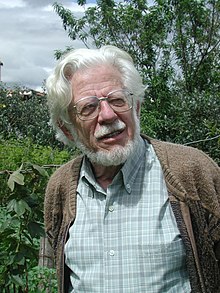
https://t.co/v9wQzbde5a
https://t.co/AkWuP8eBxf
https://t.co/ytSg4wzs6c
https://t.co/TKHFJ55Kj3
https://t.co/sC9GOJAcNW
https://t.co/860ugx65o5
https://t.co/dxYTYO4N6y
https://t.co/1mMTbQGjHz
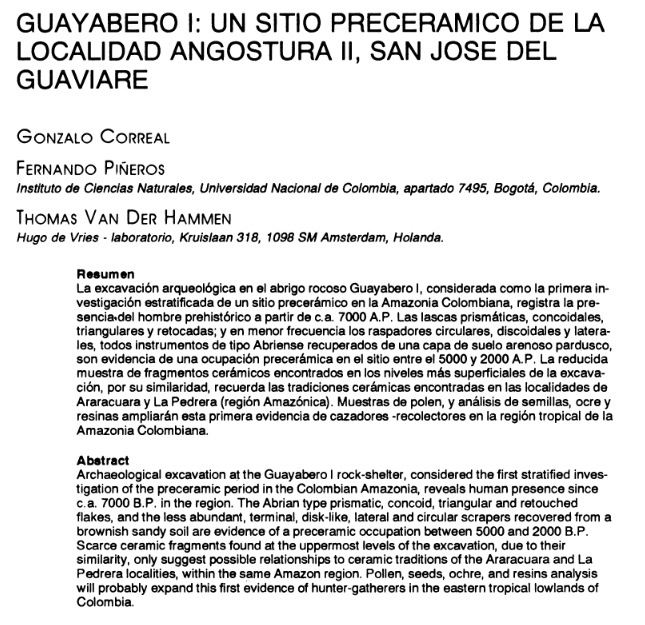
By Jacquelyn A. Kallunki
https://t.co/14gu0dYu2M
By Lima (@unicampoficial), Urbano-Bonilla and Prada-Pedreros (both from @UniJaveriana)
https://t.co/pEpKtRf2aZ
By García-Alzate et al.
https://t.co/6njuWoLHAA
More from Science
1/ Automobiles and Intake Fraction. Since cars are back in the news I thought I would retweet this model result I offered in early April 2020. I focused only on 1 micron particles & accounted for windows completely closed & cracked slightly open.
2/ Related air exchange rates were based on experimental results in literature for mid-sized sedans. Particle deposition to indoor surfaces were accounted for, as the surface to volume ratio in a 3 m3 cab is large. An important outcome was the intake fraction (IF)
3/ Here, IF is the number of particles (or virions in collective particles) inhaled by a receptor DIVIDED BY the number or particles (or virions in collective particles) emitted by an infector.
4/ Integrated over the two hour drive (in this example) the IF for all windows closed & a receptor at rest is 0.08 (8% of what comes out of the infectors respiratory system ends up in the respiratory system of the receptor). 8%! That is a very high intake factor.
5/ With additional ventilation from cracking a window open drops the IF to 0.012 (1.2%) still relatively high. Can get lower by opening more windows.
Simulation: Riding in car for 120 min w/ infected passenger who seems fine other than a cough every few mins. (1) a lot of SARS-CoV-2 virus (in fine aerosol particles) accumulation in car cabin w/ windows closed; (2) cracking window open slightly = dramatic reduction. #COVID19 pic.twitter.com/bCmrmnLUPG
— Dr. Richard Corsi (@CorsIAQ) April 4, 2020
2/ Related air exchange rates were based on experimental results in literature for mid-sized sedans. Particle deposition to indoor surfaces were accounted for, as the surface to volume ratio in a 3 m3 cab is large. An important outcome was the intake fraction (IF)
3/ Here, IF is the number of particles (or virions in collective particles) inhaled by a receptor DIVIDED BY the number or particles (or virions in collective particles) emitted by an infector.
4/ Integrated over the two hour drive (in this example) the IF for all windows closed & a receptor at rest is 0.08 (8% of what comes out of the infectors respiratory system ends up in the respiratory system of the receptor). 8%! That is a very high intake factor.
5/ With additional ventilation from cracking a window open drops the IF to 0.012 (1.2%) still relatively high. Can get lower by opening more windows.





